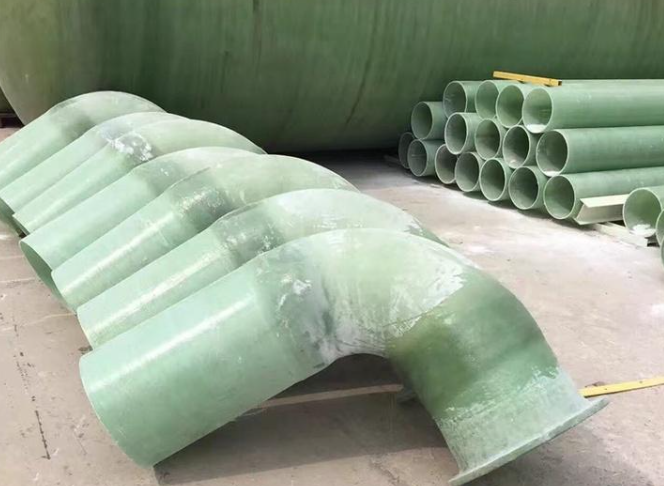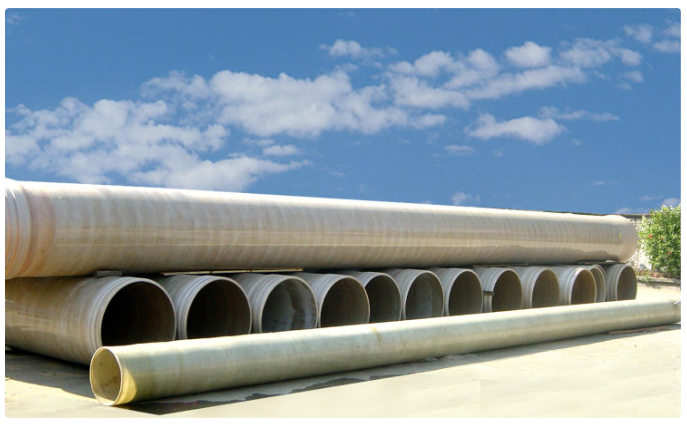Glass fiber reinforced plastic common testing items and standards
2024/05/15
First, the definition of glass steel
The scientific name of glass Fiber Reinforced Plastics, commonly known as FRP (Fiber Reinforced Plastics), that is, fiber reinforced composite plastics. According to the different fibers used, it is divided into glass fiber reinforced composite plastics (GFRP), carbon fiber reinforced composite plastics (CFRP), boron fiber reinforced composite plastics and so on. Fiberglass is glass fiber and its products (glass cloth, tape, felt, yarn, etc.) as the reinforcement material, with synthetic resin as the matrix material of a composite material, due to the different resin varieties used, there are polyester fiberglass (glass fiber reinforced unsaturated polyester resin material), epoxy fiberglass (glass fiber reinforced epoxy resin material), phenolic fiberglass.
FRP materials have excellent properties that matrix resins cannot match, such as the integrity of the material, high mechanical properties, impact resistance, corrosion resistance, good dielectric properties and dimensional stability and durability of the material, etc., which makes FRP materials in various fields, have been widely used.

Second, the classification of FRP products
FRP as a composite material, because of its unique performance advantages, has been widely used in aerospace, railway, decorative architecture, home furniture, advertising display, craft gifts, building materials and sanitary ware, yacht mooring, sports materials, sanitation engineering and other related more than 10 industries, but also because of its easy shape can be customized and color at will. Favored by merchants and sellers, occupy more and more market scores. At present, the common classification of FRP products is as follows:
1, glass steel tank: glass steel storage tank, hydrochloric acid storage tank, sulfuric acid storage tank, reaction tank, anti-corrosion storage tank, chemical storage tank, transportation storage tank, food tank, fire tank, etc.;
2, glass steel pipe: glass fiber reinforced plastic pipe, glass fiber reinforced plastic sand pipe, glass fiber reinforced plastic air pipe, glass fiber reinforced plastic cable pipe, glass fiber reinforced plastic pipe, glass fiber reinforced plastic process pipe, etc.;
3, tower: drying tower, scrubber tower, desulfurization tower, acid mist purification tower, exchange column, etc.
4, toilet: toilet chassis, toilet roof;
5, others: Angle steel, wire groove, pultrusion profile, tee, tee, FRP grille, etc.
Third, the performance characteristics of FRP materials
1, the performance advantages of FRP materials
(1) Light weight and high strength
The relative density of FRP is between 1.5 and 2.0, only 1/4 to 1/5 of carbon steel, but the tensile strength is close to, or even more than, carbon steel, and the strength can be compared with advanced alloy steel. Therefore, it has excellent results in aviation, rockets, spacecraft, high-pressure vessels and other products that need to reduce their own weight. By using the TSE504C microcomputer controlled electronic universal testing machine for testing, the tensile, bending and compression strength of some epoxy FRP can reach more than 400Mpa.

4. Detection range
Fiberglass tank: fiberglass storage tank, hydrochloric acid storage tank, sulfuric acid storage tank, anti-corrosion storage tank, chemical storage tank, transportation storage tank, food tank, fire tank, etc
Glass steel pipe: glass fiber reinforced plastic pipe, glass fiber reinforced plastic sand pipe, glass fiber reinforced plastic air pipe, glass fiber reinforced plastic cable pipe, glass fiber reinforced plastic pipe, glass fiber reinforced plastic process pipe, etc
Tower: drying tower, scrubber tower, desulfurization tower, acid mist purification tower, exchange column, etc
Other: Angle steel, wire trough, pultrusion profile, tee, tee, FIbreglass grille, fibreglass septic tank, etc
FRP inspection
Test items:
Mechanical properties: bending strength, tensile strength, compressive strength, impact strength, etc.
Optical properties: transmittance, refractive index, etc
Thermal properties: specific heat, thermal conductivity, thermal deformation temperature, fire resistance, self-extinguishing, etc.
Electrical properties: surface resistance, volume resistance, breakdown resistance, dielectric constant, arc resistance, etc
Chemical properties and medium resistance: water resistance, solvent resistance, alkaline resistance, oil resistance, etc.
Conventional performance indicators: specific gravity, hardness, density, resin content, water absorption, wear resistance, pore content and so on
Aging test: natural aging, artificial accelerated aging, salt spray test, halogen aging test, ozone aging test, etc.
Component analysis items: component analysis Principal component analysis Comparative analysis unknown matter analysis Atlas analysis Failure analysis Full component analysis Molecular weight analysis Qualitative and quantitative analysis brand identification material identification formula reduction, etc
五、Part of the reference standards
Test method for tensile properties of fiber reinforced plastics GB/T1447-2005
Test method for compression properties of fiber reinforced plastics GB/T1448-2005
Test method for bending properties of fiber reinforced plastics GB/T1449-2005
Test method for impact toughness of fiber-reinforced plastics simply supported beams GB/T1451-2005
Test method for aging properties of glass fiber reinforced plastics GB/T2573-2008
Test methods for combustion properties of fiber-reinforced plastics - Oxygen index method GB/T8924-2005
Test method for thermal conductivity of fiber reinforced plastics GB/T3139-2005
Test methods for reinforced products - Part 1- Determination of moisture content GB/T 9914.1-2001
CB 976.2-1987 Types and main dimensions of general purpose FRP motor workboats
CB 1029-1983 FRP initial ammunition case
CB 1200.1-1988 Calculation of strength of FRP members Single-layer structures
CB 1200.2-1988 Calculation of the strength of FRP members sandwich panels

